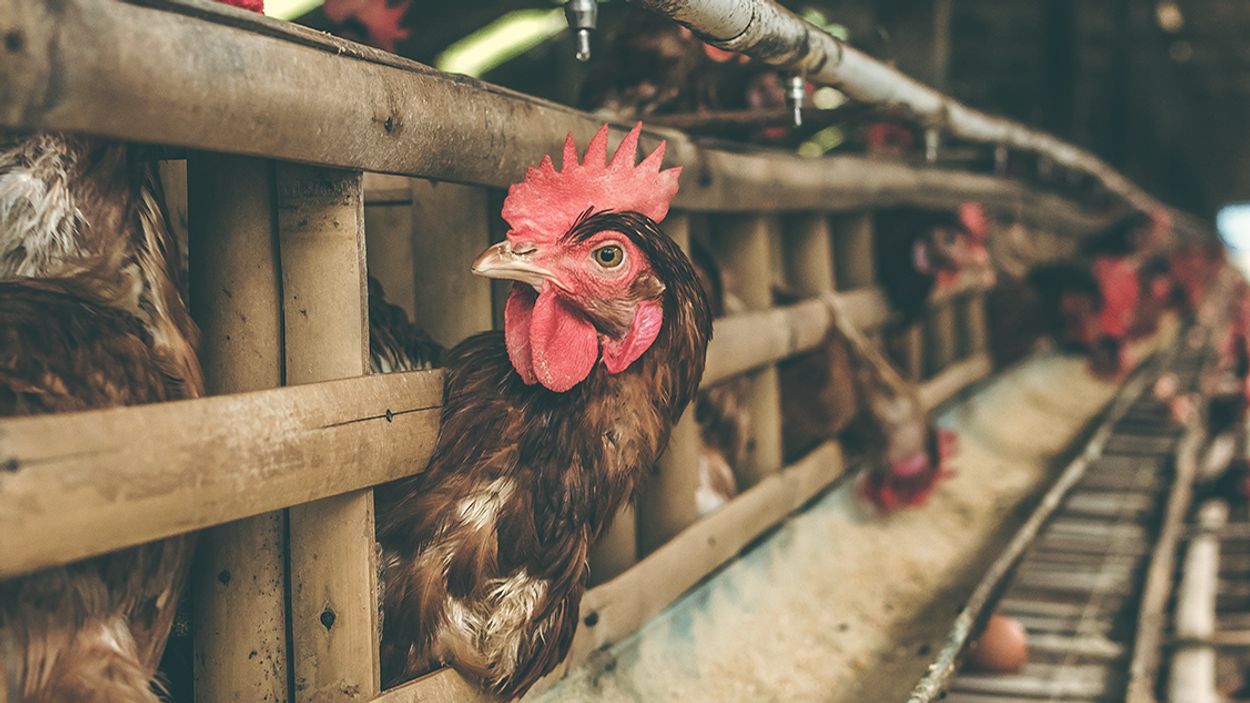Yesterday
•
reading time 3 minutes
•
844 views
—
–
A laying hen produces more than 300 eggs per year. After about a year and a half, the chickens no longer lay (good) eggs and are taken to slaughter. But for that transport they have to be caught first. On a single farm this is already very animal-friendly, but in most cases not yet and laying hens are caught upside down on one or two legs. This can result in a lot of stress, pain and (serious) injuries. Fortunately, there is a more animal-friendly method and it is not even that much more expensive. But who pays the bill for animal-friendly trapping?
In most cases, laying hens are caught using the standard upside-down trapping method. This also means that if you buy eggs with 3 stars Better Life, or organic, the laying hens can still be caught upside down. And that while animal-friendly trapping is actually a simple change that can save animal suffering.
Catching upright is more animal-friendly, half a cent more expensive
According to Thea van Niekerk, an expert in the field of animal welfare and poultry, it is more animal-friendly to catch chickens upright. Poultry farmer Ruud Zanders also wanted to offer his laying hens more welfare at the end of their lives and let them catch them upright. It does take more time, and therefore more money. Zanders calculated that it would cost him about $ 0.0004 extra per egg to catch his laying hens upright, which equates to about half a cent extra cost per box of 10 eggs.
Trapping team training
Eyes on Animals advocates that all poultry farmers with laying hens switch to upright catching. That is why they go across the country to talk to the farmers, and train catching teams in catching upright. Now also with success; More and more poultry farmers are switching to upright catching, but in the big picture there are still few. Demeter, Kipster and Rondeel are already catching their laying hens in an animal-friendly manner. Health food stores Ekoplaza and Odin and the Gijs brand will catch the chickens upright next time.
Who pays?
Agricultural business economist Henk Hogeveen explains that something strange is going on in the chain from egg farmer to supermarket. The price that the farmer gets for his egg and the price you pay in the shop for that egg are a lot higher for organic eggs than for free-range eggs. And that while the steps in between are almost the same for both. This gives the impression that supermarkets expect a larger margin on organic eggs. That half a cent extra for catching upright shouldn’t be a problem, right? This quickly costs the farmer 3000 euros extra on an annual basis.
Poll: 89 percent are willing to pay a little more
Supermarket industry
CBL, the trade association for supermarkets in the Netherlands, did not want to come to the broadcast to discuss this.
–


